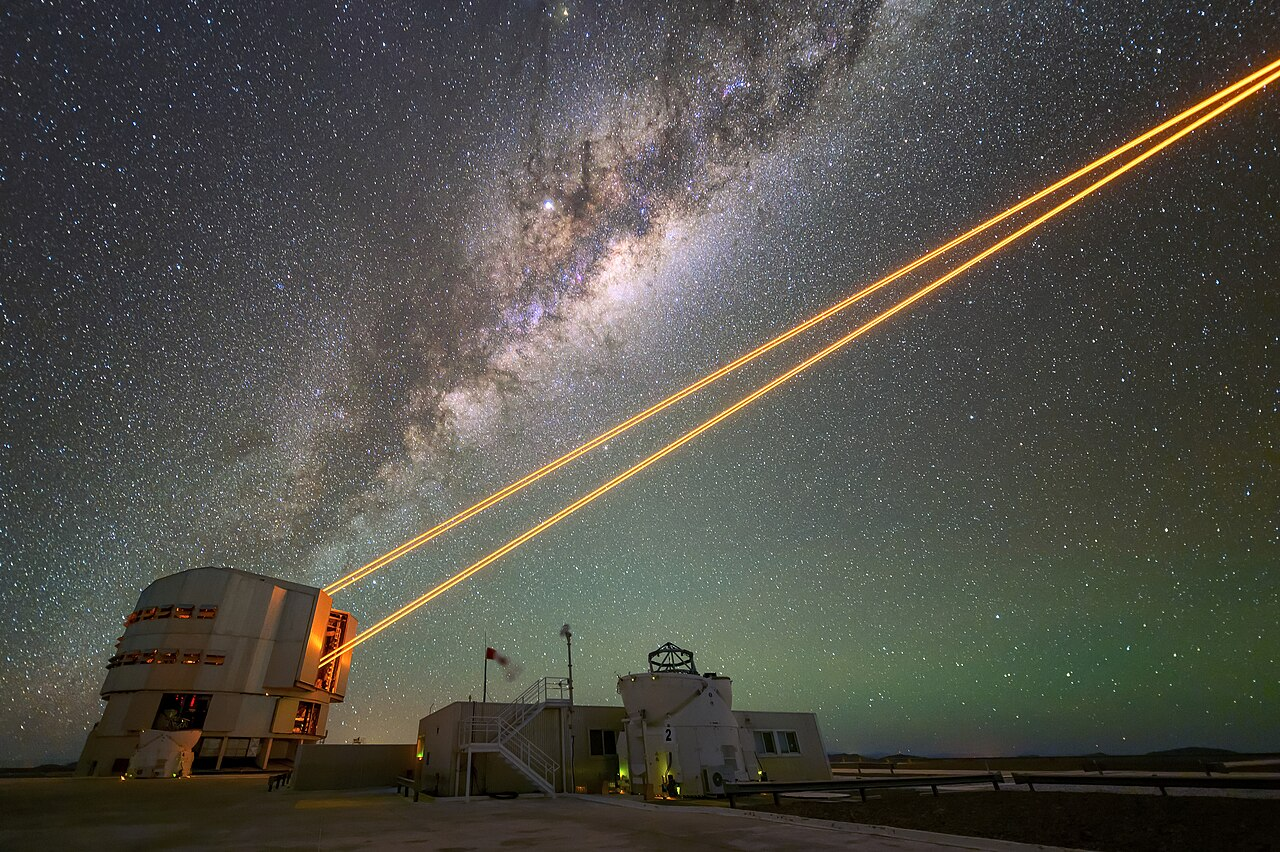Water and laser technology.
An advanced 3D printer system can use water. Or water ice to create large structures in cold places. And things like laser elements can use water in laser elements. The high-power lasers require long elements. The system can send empty laser tubes to space and then fill them with absolutely clean water ice. That spacecraft is delivered into space in tanks.
The laser would contain glass tubes. And then the system fills it with water. Absolute clean water, developed for nuclear weapon projects can used to make homogenous ice. During that process, the electrolytic system splits the water into hydrogen and oxygen. Then those gases will burn back together. And that process removes the gas bubbles and dirt from water. In regular laser tubes, the dirt, or non-homogenous parts in material break the laser element. The reason for that is the scattering light that forms non-homogeneous energy structures in the laser element. And that energy pushes atoms away.
Water as a tool for laser elements. In "James Bond" movie, a bad guy uses water as a laser element for high-power lasers. And water is a good tool for laser elements that produce laser rays. Chemical-cleaned water where gas is completely removed, can used in ice, and the laser element in the middle of the laser can fill with that ice. The high-power cooling system creates absolute stable ice where the lightning tubes send radiation that the system transforms into laser rays. That kind of technology can used to create very long laser elements.
The new hybrid antennas are the things that make laser communication more effective.
In pure laser communication, the problem is that the system must aim laser rays more accurately than in pure radio systems. In hybrid systems, the radio transmitter helps the communication system aim the laser detector and laser transmitter into the right points. The hybrid system makes laser communication more effective than ever before. The hybrid system can be the dipole antenna there is a laser in the middle of it.
The hybrid systems engineers put radio transmitters and laser systems in one transmitter. The radio transmitter where is a laser system in the same structure. The problem with radio transmission is that other radio waves or "white radio noise" disturb the message. The laser communication is harder to jam, and the outside observer cannot break the signal especially if the system uses internal laser rays. The outside laser system covers the message.
But the same systems can used as weapon solutions.
The radio waves are also weapons. If plus and minus pole radio waves cross each other. That forms an electric arc into the air. The high-power radio transmitters can also affect EMP pulses. Those pulses have devastating effects on electronics. The microwave systems form heat into the metal shells. And they can destroy aircraft, drones, and other things like grenades. The microwave beams can destroy large groups of incoming ammunition.
The laser beams are more accurate than microwaves. If the laser system is connected with radars and optical seekers. That makes the system react extremely fast. When that kind of system sees things like an incoming hypersonic missile. It can send energy impulses into it with a short reaction time.
There are two ways to create energy impulses for lasers and other DEW (Direct Energy Weapons). The long-term energy impulse melts, for example, the hypersonic weapon's shell causes the hypersonic weapon's shell material to turn soft. That destroys the high-speed incomer's structure.
The other system uses short and very powerful energy impulse that causes fast heat expansion. This kind of system can connected with things like Bose-Einstein condensate. In the most effective versions, EM weapons that use short-term energy impulses can use very cold gas or particles to decrease the target's temperature. When the energy impulse hits to target, it increases the heat expansion. That will break the shell of the high-speed incomer.
https://scitechdaily.com/beyond-the-limits-the-surprising-power-of-water-in-laser-development/
https://scitechdaily.com/nasas-hybrid-antenna-ushers-in-a-new-era-of-deep-space-laser-communication/
https://en.wikipedia.org/wiki/Laser



Comments
Post a Comment